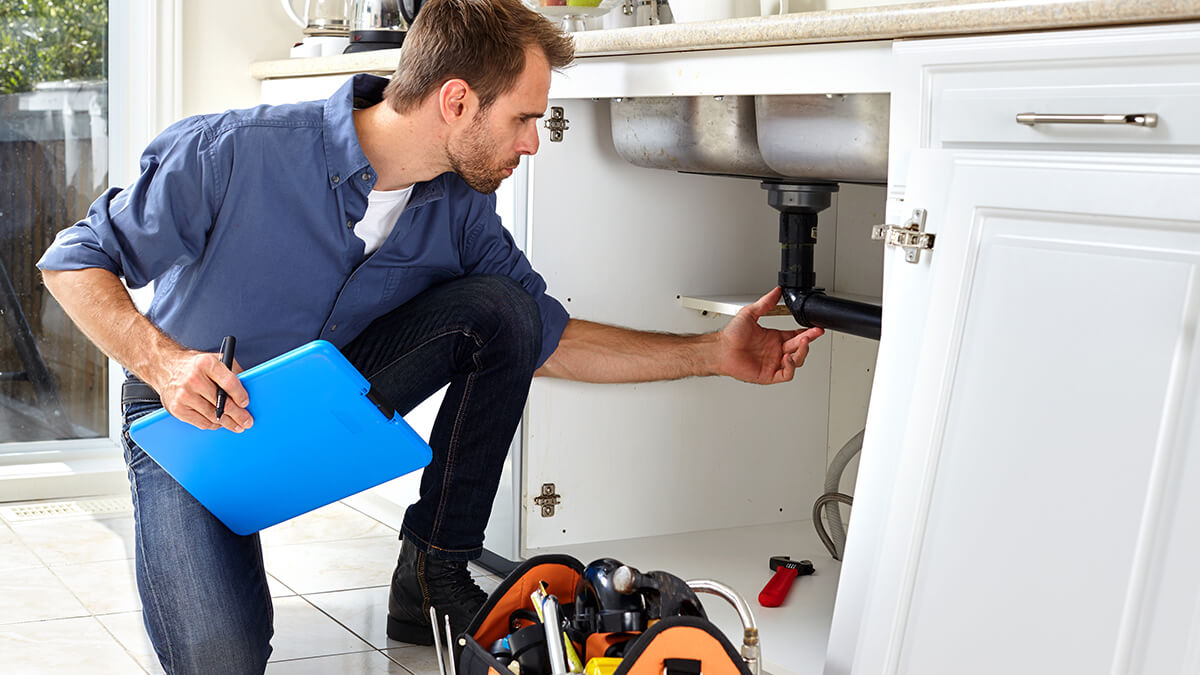
Effective Subfloor Preparation: Essential Tips for Success
Subfloor preparation is a crucial step in any flooring installation process. Properly preparing the subfloor ensures a stable foundation for the new flooring, preventing issues such as uneven surfaces and premature wear. Explore these essential tips to guarantee success in subfloor preparation for your next flooring project.
Thorough Inspection and Cleaning
Before embarking on subfloor preparation, conduct a thorough inspection of the existing surface. Identify any damage, protruding nails, or uneven areas. Clean the subfloor meticulously, removing debris, dirt, and any adhesive residues. A clean and level subfloor is the first step towards a successful flooring installation.
Moisture Testing and Mitigation
Moisture is a common adversary in flooring installations, leading to issues like warping and mold growth. Perform moisture testing on the subfloor to ensure it meets the recommended moisture content for the chosen flooring material. If moisture levels are high, implement effective mitigation measures such as using moisture barriers or addressing underlying drainage issues.
Leveling Uneven Surfaces
An uneven subfloor can result in a compromised final flooring appearance. Level any uneven surfaces using appropriate leveling compounds. Self-leveling compounds are an excellent choice for addressing minor irregularities and creating a smooth, flat surface. This step is crucial for achieving a professional-looking and long-lasting flooring installation.
Repairing Subfloor Damage
Addressing subfloor damage is paramount for a successful flooring project. Replace any damaged subflooring material and secure loose or squeaky boards. Ensuring the structural integrity of the subfloor is essential for preventing future issues and prolonging the lifespan of the new flooring.
Selecting the Right Underlayment
The choice of underlayment is a critical aspect of subfloor preparation. Different types of flooring materials require specific underlayment options for optimal performance. Whether it’s foam, cork, or specialized underlayment for moisture control, selecting the right underlayment contributes to the comfort and longevity of the new flooring.
Acclimating Flooring Materials
Allowing flooring materials to acclimate to the environment is a key subfloor preparation tip. This is particularly important for hardwood and laminate flooring. Acclimation helps the materials adjust to the temperature and humidity of the space, reducing the risk of expansion or contraction after installation.
Following Manufacturer Guidelines
Each flooring material comes with specific manufacturer guidelines for installation. Following these guidelines is crucial for a successful outcome. From recommended adhesives to installation methods, adhering to manufacturer instructions ensures that the flooring performs as intended and maintains its warranty.
Securing Subfloor Properly
Secure the subfloor adequately to prevent movement and creaking. Use screws or nails to fasten the subfloor to the floor joists securely. Properly securing the subfloor creates a stable foundation for the new flooring, enhancing its durability and overall performance.
Maintaining Environmental Conditions
Environmental conditions during subfloor preparation and installation play a significant role in the success of the project. Maintain a consistent temperature and humidity level in the space to avoid issues such as expansion, contraction, or adhesive failure. Adhering to recommended environmental conditions ensures the longevity of the flooring.
To explore more about effective subfloor preparation and flooring installation tips, visit indidesignhome.my.id. Access a wealth of information, expert guidance, and practical insights to make your flooring project a resounding success.




